Edible mushrooms mushrooms: types with photos
Also look at the edible mushrooms in the photo very carefully, since in the field there will be nothing to compare the specimens found with:
Mushroom mushrooms in the photo
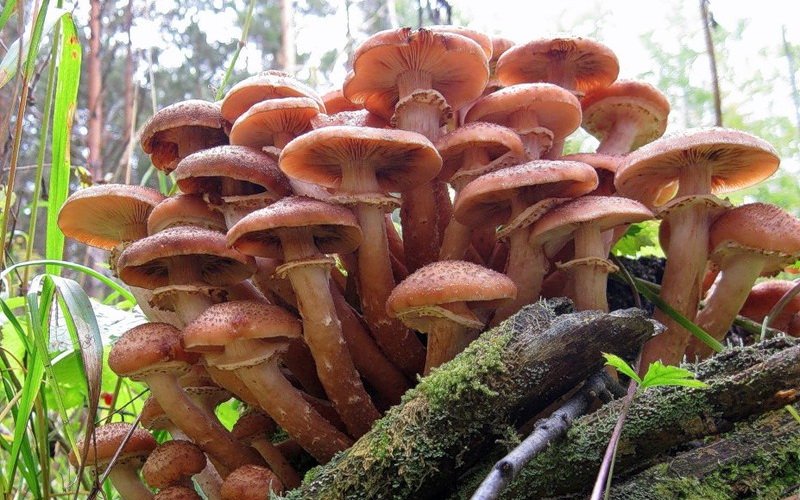
Mushroom mushrooms in the photo
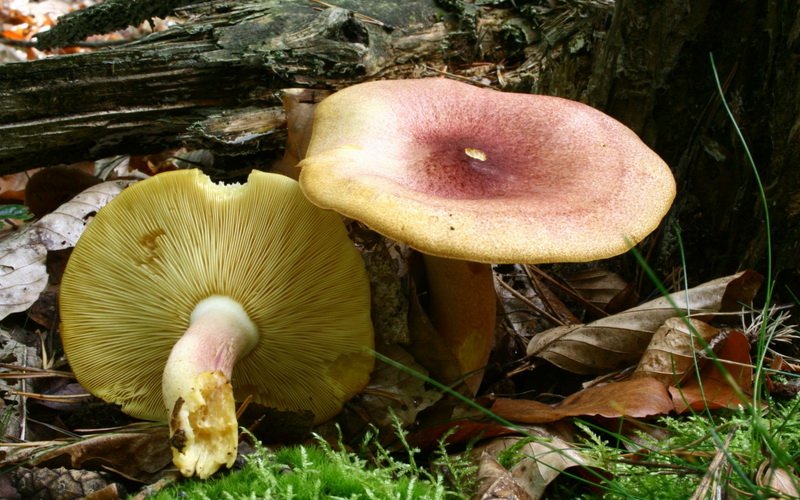
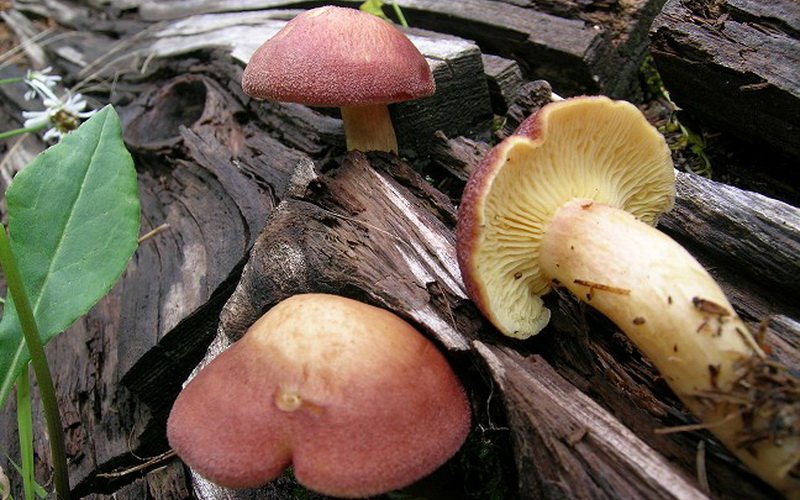
Yellow-red edible mushrooms in the photo
The mushroom is edible. Yellow-red varieties of edible mushrooms adorn velvety hats 5-15 cm in diameter, in young specimens they are hemispherical, later convex, fleshy, covered with red scales at a young age, solid red, later yellow places appear on the edge of the cap and where light did not fall due to a fallen leaf or twig. The caps are dry, not slimy. The plates are often yellow or golden yellow. The leg is cylindrical, 6-15 cm long, 1-2 cm thick, yellow-red, velvety.
The description of edible mushrooms should be continued by the fact that they grow in mixed and coniferous forests on stumps, trunks and roots of coniferous trees, on the roots of dry pines.
Fruiting from July to October.
Toxic twin honey agaric yellow-red - sulfur-yellow rowing (Tricholoba sulphureum) easily distinguished by the color of the fruiting body and the unpleasant acetylene smell of the pulp.
The mushroom is slightly bitter. Some experts advise pre-boiling it before cooking.
Seasonal types of mushrooms mushrooms: photo and description
Look at the seasonal views of honey mushrooms in the photo, which shows the summer and autumn, winter mushrooms:
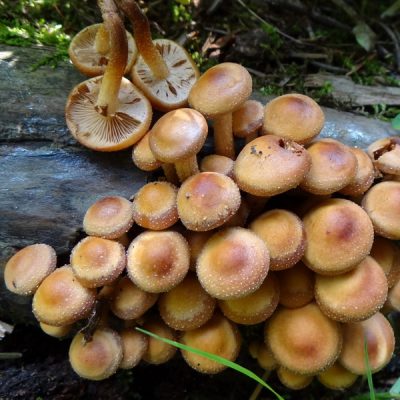 summer mushrooms
summer mushrooms 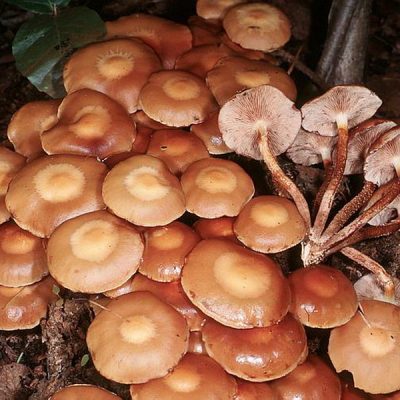 summer mushrooms
summer mushrooms
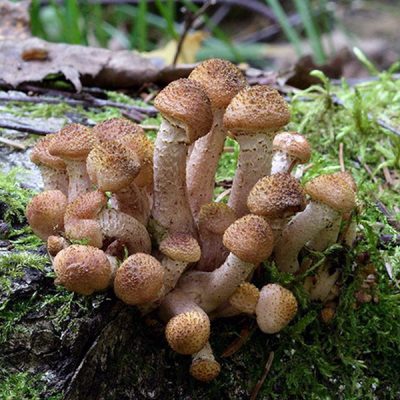 autumn mushrooms
autumn mushrooms  autumn mushrooms
autumn mushrooms
These types of mushrooms are very common, but only at certain times of the year. This is where their names come from.
Seasonal mushrooms, their types and descriptions are presented further on the page, you can see them in the photo:
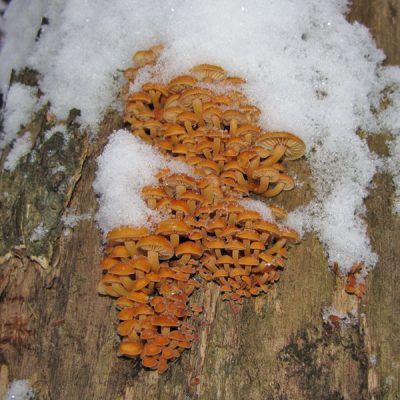 Honey agaric winter
Honey agaric winter 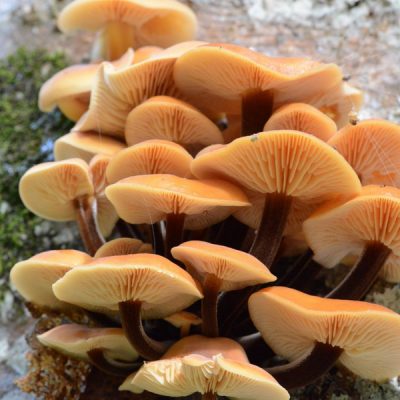 Honey agaric winter
Honey agaric winter
 Honey agaric winter
Honey agaric winter 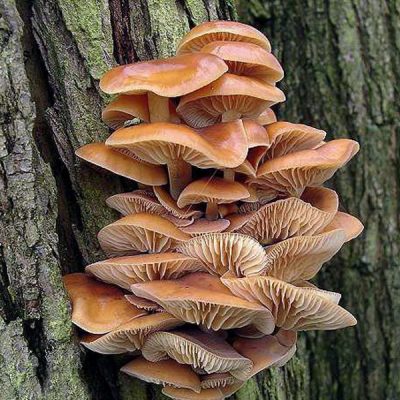 Honey agaric winter
Honey agaric winter

Winter honey agaric in the photo
The mushroom is edible. Caps 2-8 cm, young - bell-shaped or convex, then prostrate, sticky, yellow-ocher or rusty-brown, with frequent white-ocher or white plates below. The legs are thin, velvety, without a ring, at first the color of the cap, not very hard, then they become dark brown or almost black and hard. The main distinguishing feature of winter honey agaric is a hard velvety leg. The intergrowths of its fruiting bodies look like fiery spots against the background of snow. The fungus has adapted to bear fruit during thaws in winter. It can be observed under a microscope how, when the temperature rises above zero, the cells of its mycelium that burst when freezing grow together.
It grows on dead and living tree trunks, as well as on the stumps of willow, poplar, birch and linden. Sometimes it can be found on coniferous trees.
Fruiting from September to December. Sometimes grows in the spring.
Has no poisonous twins.
Soups are cooked from winter mushrooms, hot salted, marinated in jars.
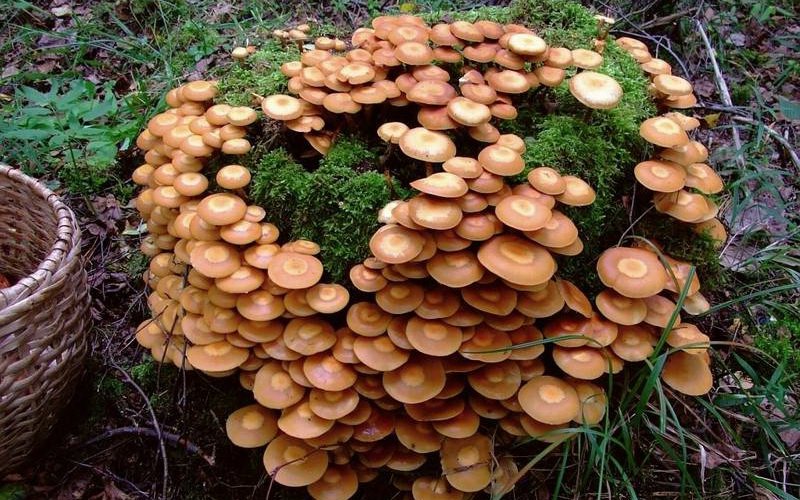
Summer honey agaric in the photo
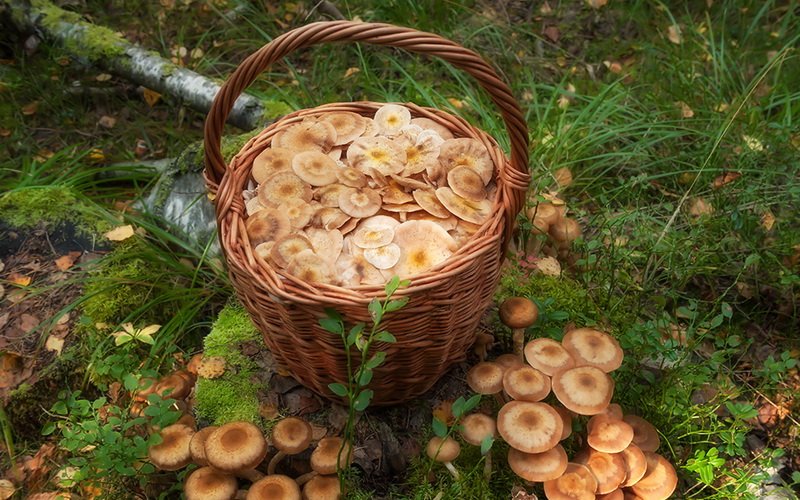
Summer honey agaric in the photo
The mushroom is edible. Caps 3-8 cm, at first hemispherical closed, then almost open, smooth from yellow to yellow-brown with a darker edge. The plates are pale clay-yellow, rusty-brown with age, in young mushrooms they are covered with a film of white or yellow. Leg hard, dense yellow-brown 3-8 cm long, 6-12 mm thick with a whitish ring, covered below the ring with lagging scales. Spore powder is rusty brown.
Grows on dead tree trunks, stumps, sometimes on land rich in woody debris. Joints contain a large number of fungi.
Summer honey agaric appears in June, sometimes even in May, bears fruit until September.
A poisonous mushroom resembles a summer honey agaric - bordered galerina (Galerina marginata). Her growths and mushrooms are much smaller, the ring is not obvious, but barely noticeable, the scales on the leg are white and pressed.
Only hats are used in preparations and dishes, the legs of old mushrooms are thrown away or left in the forest when harvested.
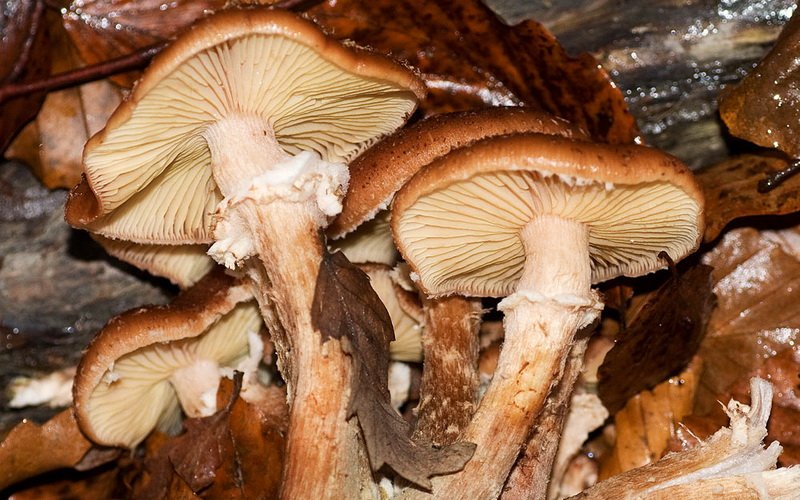
Autumn honey agaric in the photo
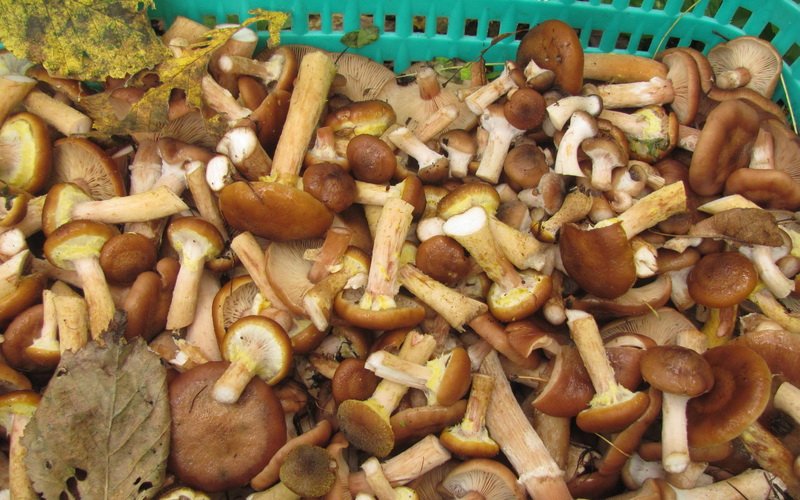
Autumn honey agaric in the photo
The mushroom is edible. Beautiful, rather fleshy caps 3-10 cm, at first hemispherical, then convex, dull due to small scales, yellow-cream, ocher-brown. At first, the plates are yellowish-white, hidden under the coverlet. Then the plates become ocher or brown. Legs 5-10 cm long, 1-2 cm thick, with remnants of a coverlet in the form of a white ring under the hat. The flesh in the cap is whitish with a pleasant smell.
In the birch forest, the autumn honey agaric captures a vast territory. The mycelium develops in stumps and in weakened trees, uniting with the help of strands up to 3 mm in diameter into a single organism.
They grow in large clusters from August to November.
A big harvest happens once every three years.
You can confuse autumn honey agaric with inedible red-brick false honey agaric (Hypholoma sublateritium), which is distinguished by later fruiting on the same stumps and bitter pulp.
Autumn honey agaric is edible after heat treatment or drying. Poisonous when cold salting.
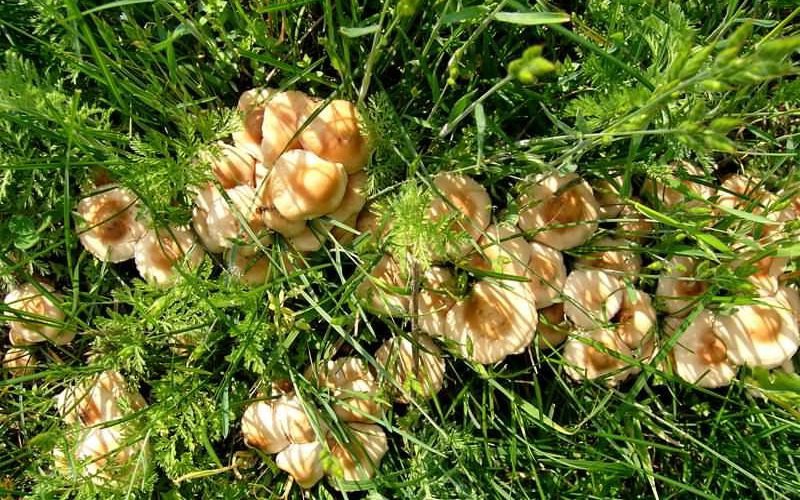
Meadow mushrooms in the photo
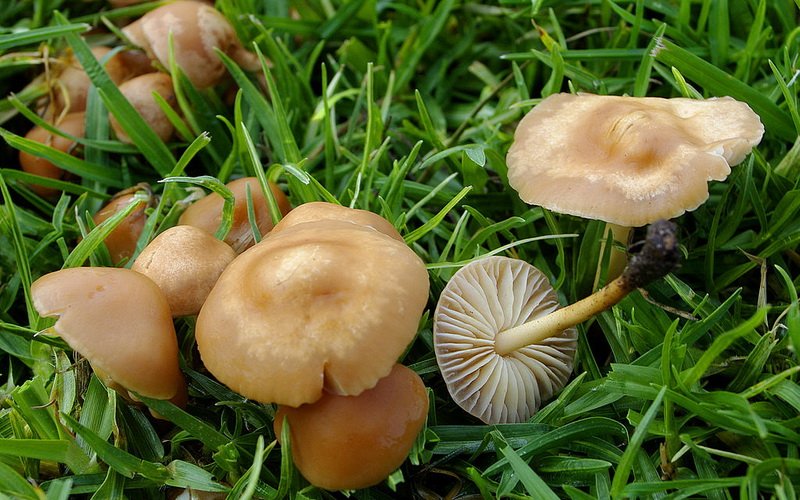
Meadow mushrooms in the photo
Meadow mushrooms are edible species used in cooking in boiled and canned form.
Look at these types of mushrooms in the photo and in the description, which will allow you to distinguish meadow mushroom from inedible mushrooms:
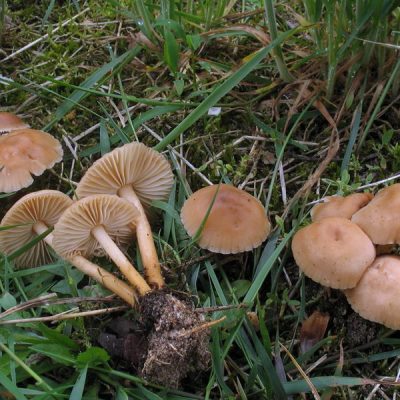 Meadow mushrooms
Meadow mushrooms 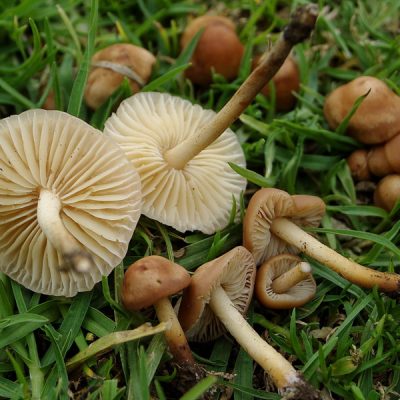 Meadow mushrooms
Meadow mushrooms
Caps 3-5 cm, at first hemispherical convex, then open with a blunt hump, smooth light ocher, sometimes light flesh-red. The plates are rare, adherent in young mushrooms, later free, ocher in wet weather, creamy whitish in dry weather. The mushroom cap does not age, droops in dry weather, restores elasticity during rain and rises on a leg. From this, in old mushrooms, the edge of the cap crumbles, the tips of the plates are visible from above. Leg 3-10 cm high, fine velvety light ocher, lower part ocher. The pulp is whitish sweetish with a sweetish slight aftertaste of cloves. The smell is pleasant. Spore powder is white.
Grows in the grass in clearings in the forest, on the lawn. Forms "witch circles".
The honey agaric bears fruit from June to October. In dry weather, the fungus is not visible in the grass.
There are no poisonous twins in the meadow agaric.
Other types of edible mushrooms: what they look like, photos
We offer you to look at other types of edible mushrooms in the photo, which illustrate the appearance of a bulbous and dark honey agaric:
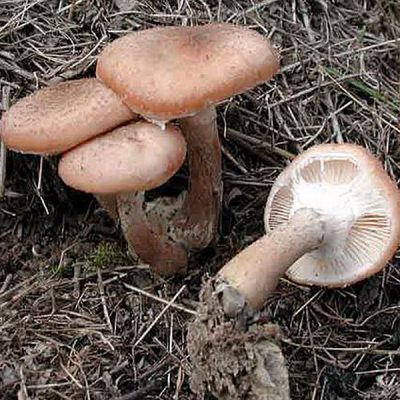 Mushroom bulbous
Mushroom bulbous 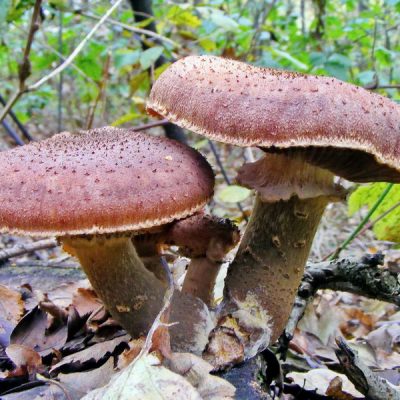
You need to know what edible mushrooms look like, since most of the species presented have false poisonous counterparts.
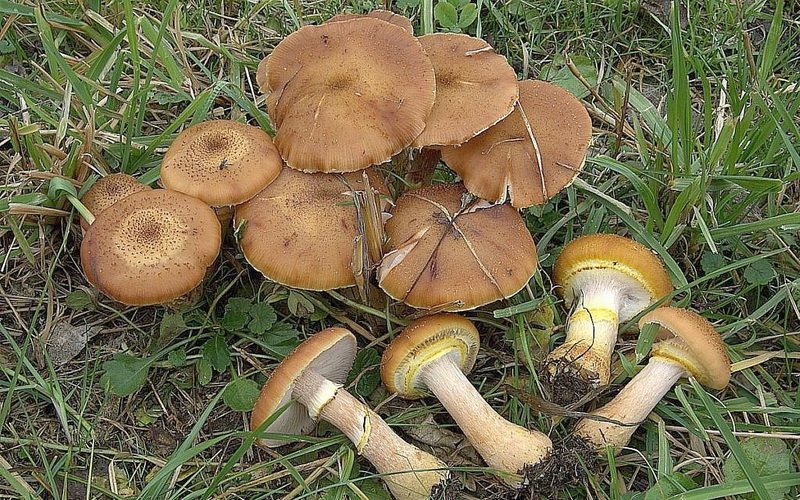

Agaric bulbous in the photo
The mushroom is edible. Beautiful, rather fleshy hats 3-10 cm. At first hemispherical, then convex, matte due to small scales, yellow-brown, sometimes with a meat-red tint. At first, the plates are yellowish-white, hidden under the coverlet. Then the plates become ocher or brown. Cap-colored legs 5-10 cm long, 1-2 cm thick, with remnants of a veil in the form of a white ring under the cap, with a bulbous thickening at the bottom. The flesh in the cap is whitish with a pleasant smell.
Grows mainly in birch forest, sometimes in orchards, coniferous forests. It occurs on old stumps, on the roots of stumps and trees so that it seems that it grows on the ground.
Occurs from August to October in clusters or single mushrooms.
It is possible to confuse bulbous honey agaric with inedible false red-brick honey agaric (Hypholoma sublateritium), which is distinguished by later fruiting on the same stumps and bitter pulp.
The bulbous honey agaric is edible after heat treatment or drying.
Poisonous when cold salting!
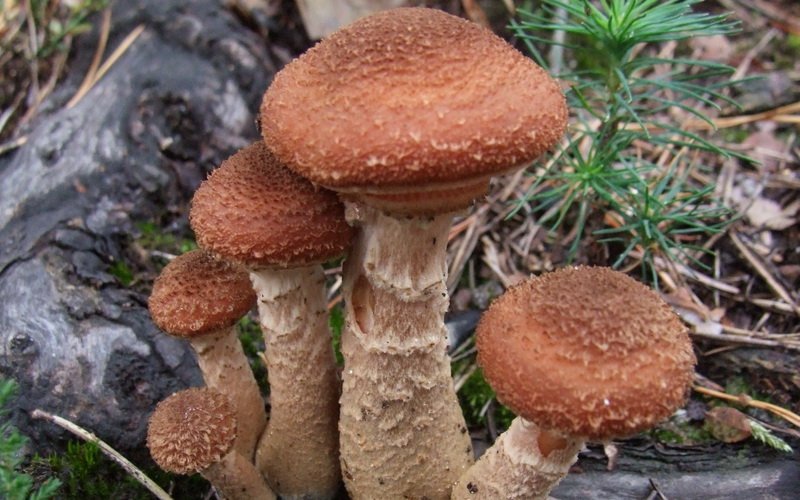
Agaric dark in the photo
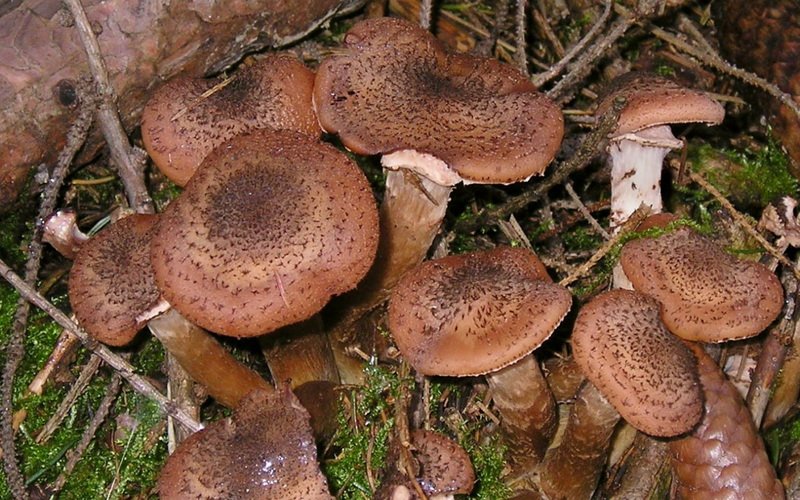
Agaric dark in the photo
The mushroom is edible. Beautiful, rather fleshy caps 3-10 cm, at first hemispherical, then convex, matte due to dark scales, ocher-brown. At first, the plates are yellowish-white, hidden under the coverlet. Then the plates become ocher or brown. Legs 5-10 cm long, 1-2 cm thick, with remnants of a bedspread in the form of a ring with a brown edge under the cap. The flesh in the cap is whitish with a pleasant smell.
In a coniferous forest, dark honey agaric captures a vast territory. A 35-hectare mycelium was found in Swiss forests.
They grow in large clusters from August to November. A big harvest happens once every three years.
You can confuse dark honey agaric with inedible red-brick false honey agaric (Hypholoma sublateritium), which is distinguished by later fruiting on the same stumps and bitter pulp.
Dark honey agaric is edible after heat treatment or drying.
Poisonous when cold salting!